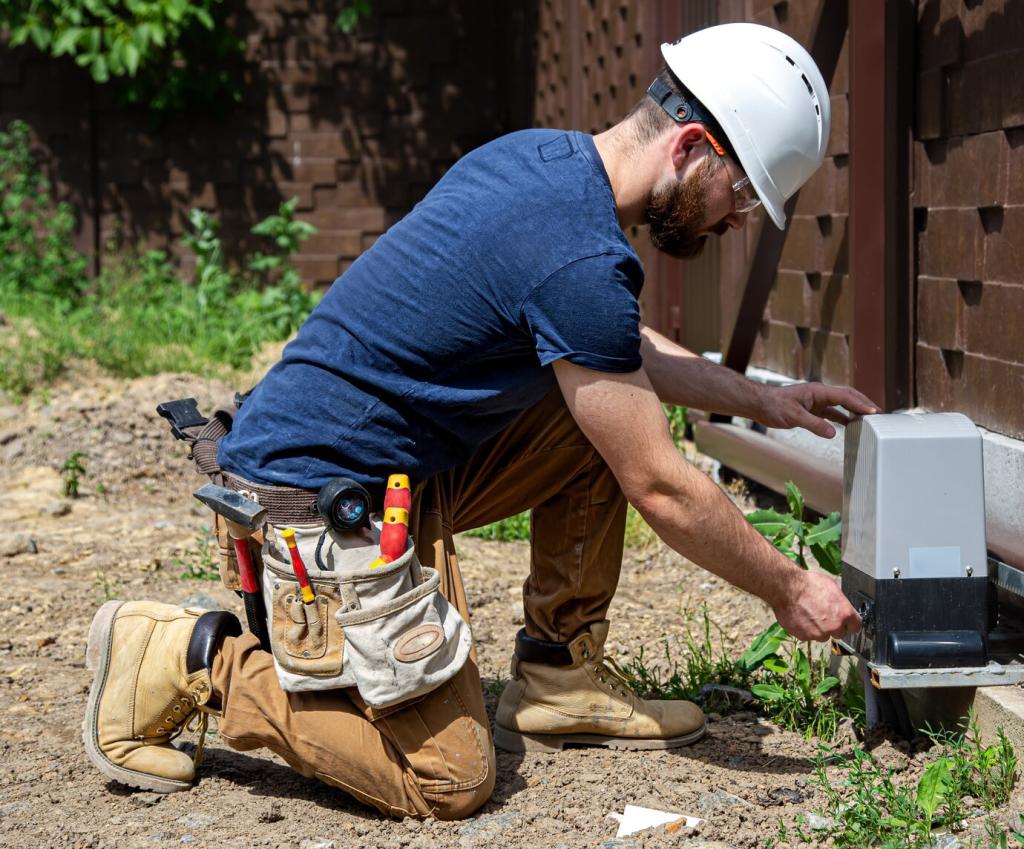Seasonal Tune-Ups and Habit Stacking
Every season, dust thoroughly, inspect for new checks, re-oil touch points, and confirm stable footing. Keep notes on humidity and any changes you notice. Patterns emerge quickly, and your future self will thank you for the organized history.
Seasonal Tune-Ups and Habit Stacking
Mortise-and-tenon joints in green wood can relax as fibers settle. A careful snug-up, never over-tightened, maintains comfort and safety. If unsure, send a photo to your maker or ask our community for guidance before turning a screwdriver.




